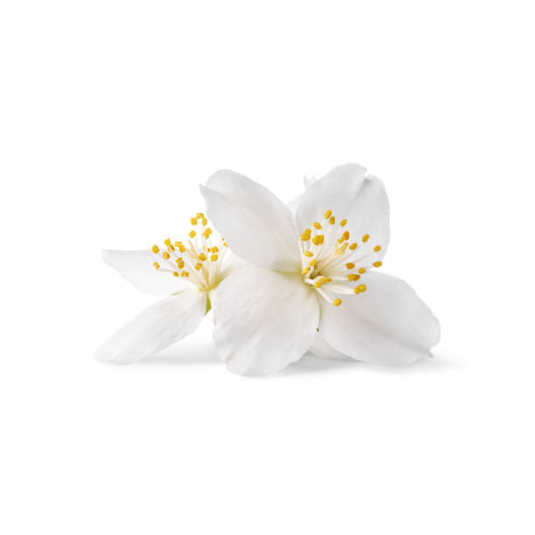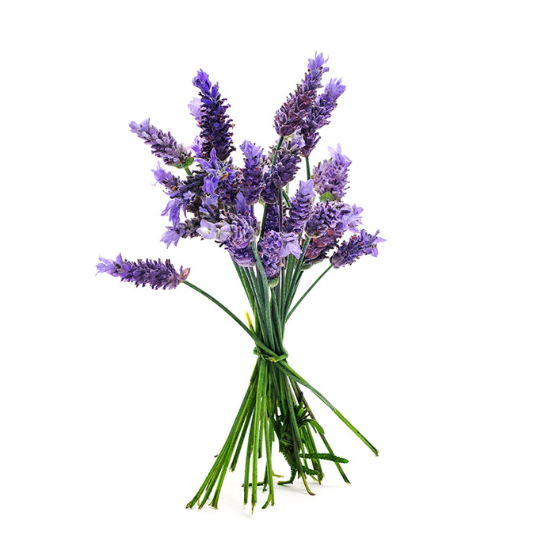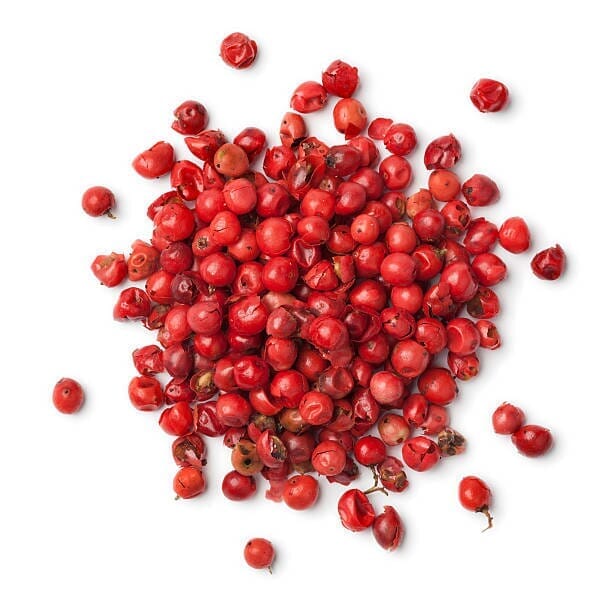What does the word aldehyde mean?
The word "aldehyde" comes from the union of two scientific terms. The prefix "al-" is derived from alcohol, while "dehyde" comes from dehydrogenated acid. This combination refers to the characteristic chemical structure of aldehydes, which are organic compounds with a functional group consisting of a carbon atom double-bonded to a hydrogen atom and an oxygen atom.
In the beginning…
The history of aldehydes goes back centuries, but their true understanding and use in organic chemistry began in the early 19th century. The term "aldehyde" was first proposed in 1835 by the German chemist Justus von Liebig , who studied these compounds containing a carbonyl group, consisting of a carbon atom bonded to a hydrogen atom and an oxygen atom by a double bond.
The first aldehyde isolated and studied extensively was formic aldehyde (or methanal), which is an irritant gas naturally present in fire ants. In 1779, French chemist Joseph Louis Gay-Lussac first isolated it from ants and named it "formic acid."
Over the decades, other aldehydes have been discovered and studied, including acetic aldehyde (or ethanal), benzoic aldehyde (or benzaldehyde), and cinnamic aldehyde (or cinnamaldehyde), which is responsible for the characteristic scent of cinnamon.
Aldehydes have also played a crucial role in the development of perfumery. In the early 20th century, synthetic aldehydes were first created in the laboratory, allowing perfumers to create luminous, fresh, and sophisticated notes in their compositions. Aldehydes C10, C11, and C12, for example, were used to create the famous Chanel No. 5 perfume, which became an icon of the perfume industry.
Today, aldehydes continue to be widely used in perfumery and organic chemistry for their aromatic and reactive properties, helping to enrich our olfactory experience and our understanding of the chemistry of organic compounds.
The creation of aldehyde molecules
The creation of synthetic aldehydes marked a major turning point in the history of perfumery in the early 20th century. Before their discovery, perfumes were primarily composed of natural essential oils extracted from plants and flowers. However, these natural ingredients were expensive and their availability limited, making luxury perfumery inaccessible to many.
Synthetic aldehydes were developed to replicate the bright, sparkling notes found in citrus zest and flowers, but at a much more affordable cost.
What did you know about aldehydes in perfumery?
Synthetic aldehydes have a particularly interesting olfactory profile in perfumery and are part of the aldehyde olfactory family.
They are often used in perfumery to add a bright, sparkling, and distinctive touch to compositions. They have a characteristic odor often described as clean, metallic, or even slightly soapy.
Aldehydes are versatile and dynamic notes in perfumery, capable of amplifying and enhancing a wide range of olfactory accords.
They therefore combine particularly well with floral notes, amplifying their brightness and adding a touch of freshness. White floral accords, such as jasmine, lily of the valley, rose, and orange blossom, are often combined with aldehydes to create classic and elegant fragrances.
Additionally, aldehydes pair well with fruity notes to add brightness and sparkle to lighter, more playful compositions. Citrus fruits such as bergamot, lemon, and mandarin combine particularly well with aldehydes to create sparkling and refreshing fragrances.
Finally, aldehydes can also be combined with woody notes to add dimension and depth to a composition. Woods such as sandalwood, cedar, and vetiver pair well with aldehydes to create warm and elegant fragrances.
GOOD TO KNOW!
The most famous aldehyde in perfumery is C-10 aldehyde, also known as decenal. This aldehyde was first used in the iconic perfume "Chanel No. 5," created in 1921 by perfumer Ernest Beaux for Coco Chanel. It was one of the first perfumes to use synthetic aldehydes to add a sense of freshness and radiance to the fragrance.
The legendary perfumes with aldehydes...
• Chanel N°5 (Vintage) by Chanel is an iconic fragrance, a true masterpiece of perfumery. Launched in 1921 and created by Ernest Beaux, it embodies the very essence of the timeless floral aldehyde fragrance. At the top, aldehydes bring a luminous and powdery touch, accompanied by notes of ylang-ylang, neroli, lemon and bergamot, creating a sparkling and refined opening. The heart reveals a captivating bouquet of rose, iris, jasmine, orris root and lily of the valley, adding a floral and sophisticated elegance. The rich and opulent base notes of civet, amber, sandalwood, musk, vanilla, oakmoss, patchouli and vetiver bring a sensual and captivating depth to this legendary composition. Chanel N°5 (Vintage) is a timeless fragrance, a symbol of elegance and sophistication, which continues to charm and seduce perfume lovers around the world.
• Blanche by Byredo is a floral aldehyde fragrance for women, launched in 2009. This creation begins with luminous notes of aldehydes, rose and pink pepper, offering a delicate and refined opening. The heart of the fragrance is a beautiful floral bouquet of peony, violet and African orange blossom, evoking a soft and elegant femininity. The base notes of musk, woody notes and sandalwood add a touch of sensuality and warmth to this fragrance, making it an elegant and timeless composition.
• Liu by Guerlain is a floral aldehyde fragrance for women, launched in 2021. Created by Jacques Guerlain, it opens with luminous notes of aldehydes, bringing a touch of freshness and radiance. The heart of the fragrance reveals a magnificent blend of jasmine and rose, offering a timeless floral elegance. Finally, the base notes of iris, vanilla and wood add a sensual and refined dimension to this fragrance, making it a seductive and sophisticated creation.
• Metallique by Tom Ford is a Floral Aldehyde fragrance for women launched in 2019. Its top notes are luminous aldehydes, pink pepper, and bergamot, creating a vibrant opening. Its heart reveals a captivating blend of heliotrope, hawthorn, and lily of the valley, bringing a floral elegance. Finally, the base notes of vanilla, ambrette, Peruvian balsam, and sandalwood add a sensual and warm touch to this creation, making it a seductive and modern fragrance.
• Lazy Sunday Morning by Maison Margiela is a unisex floral woody musk fragrance, launched in 2013. Created by Louise Turner, this fragrance evokes the sweetness and tranquility of a lazy Sunday morning. At the top, notes of aldehydes, lily of the valley, and pear bring a delicate freshness. The heart reveals an elegant bouquet of rose, iris, and orange blossom, adding a captivating floral touch. Base notes of white musk, ambrette, and Indonesian patchouli leaf give this fragrance a soft, woody sensuality, creating a soothing and comforting olfactory experience for all.
Here are some other famous perfumes that feature aldehydes: Calèche by Hermès , Arpège by Lanvin , First by Van Cleef & Arpels , Madame Rochas by Rochas , Rive Gauche by Yves Saint Laurent , Calandre by Paco Rabanne .










